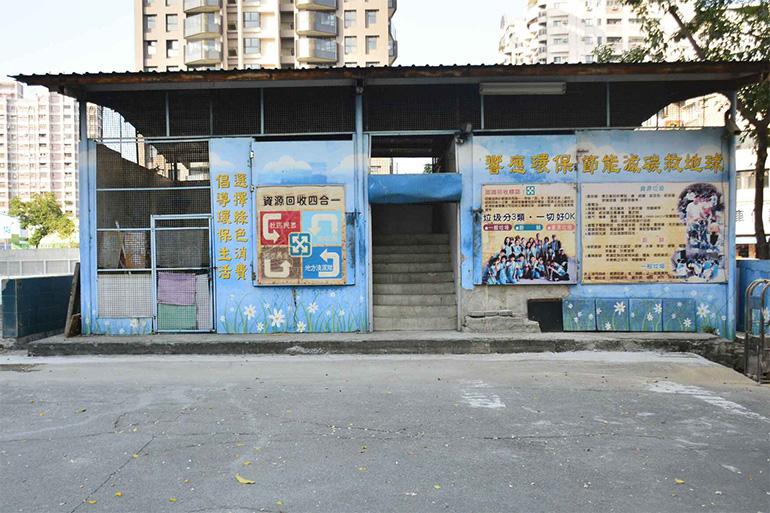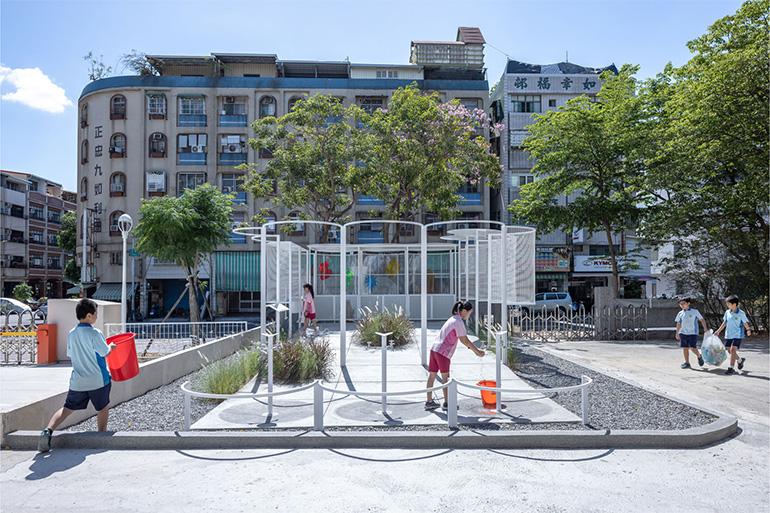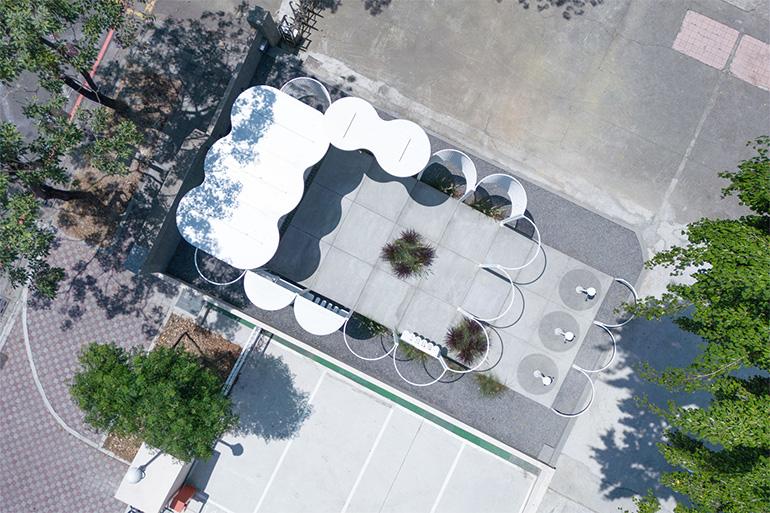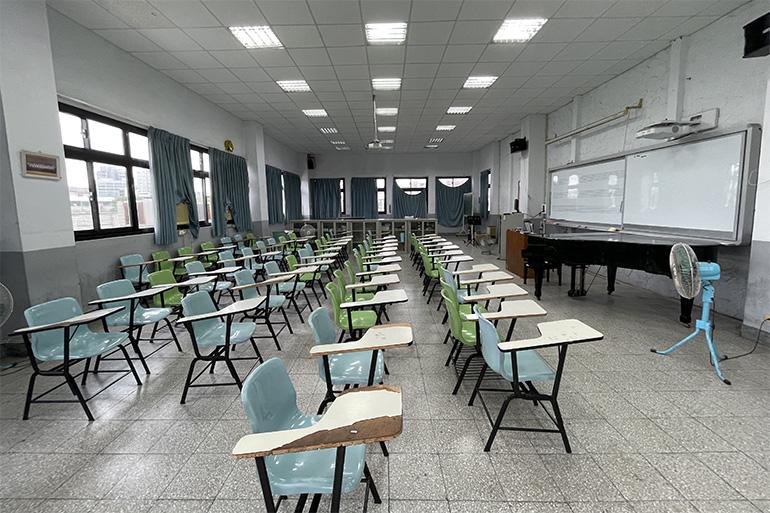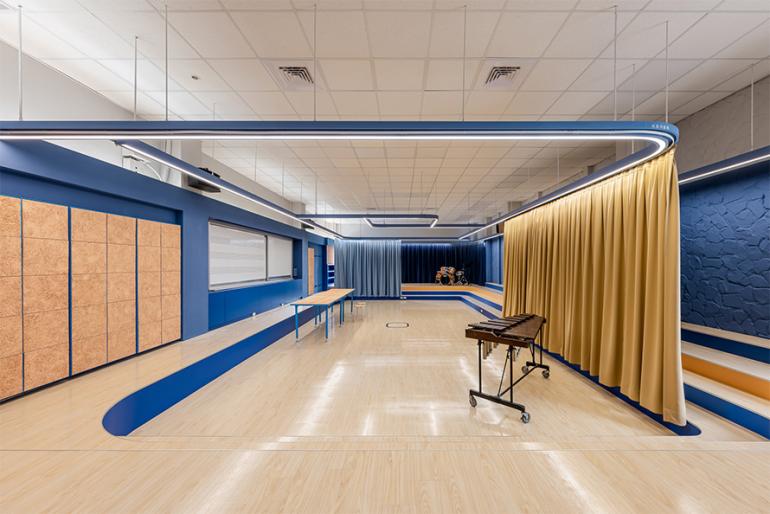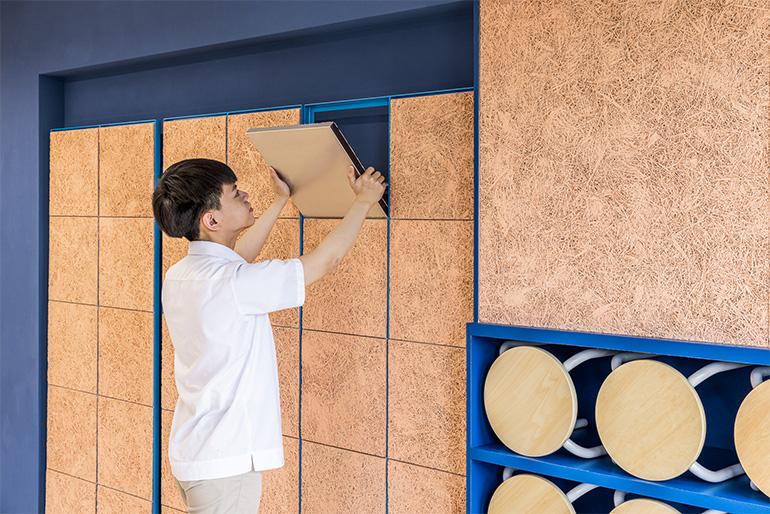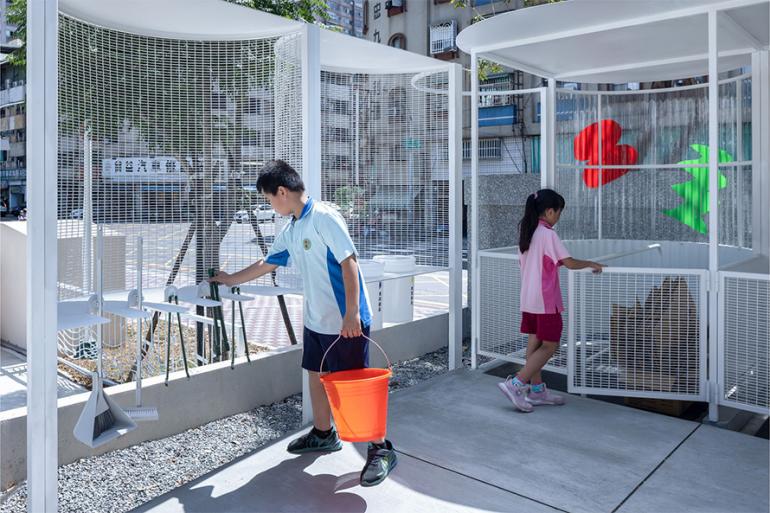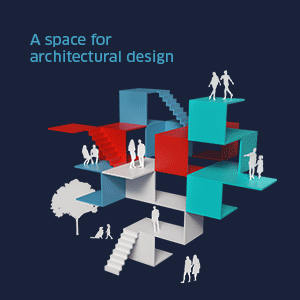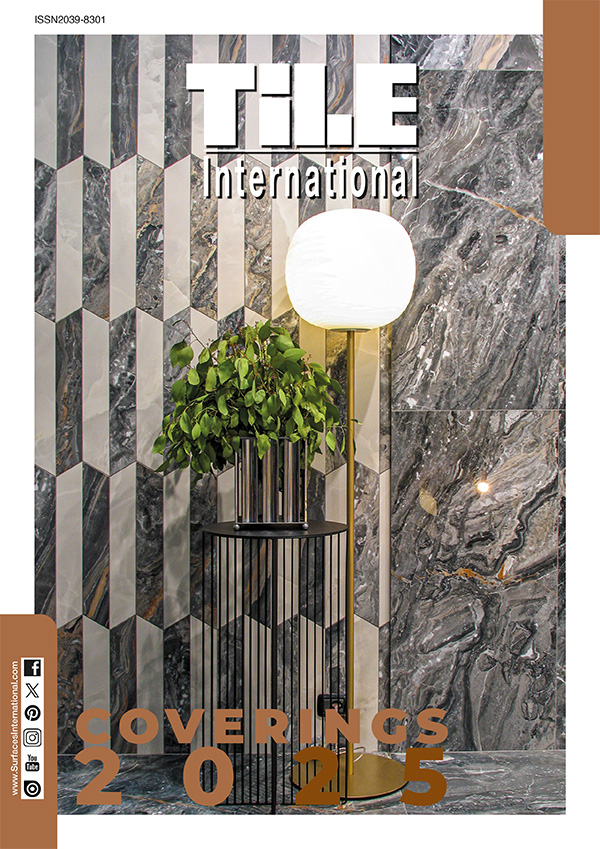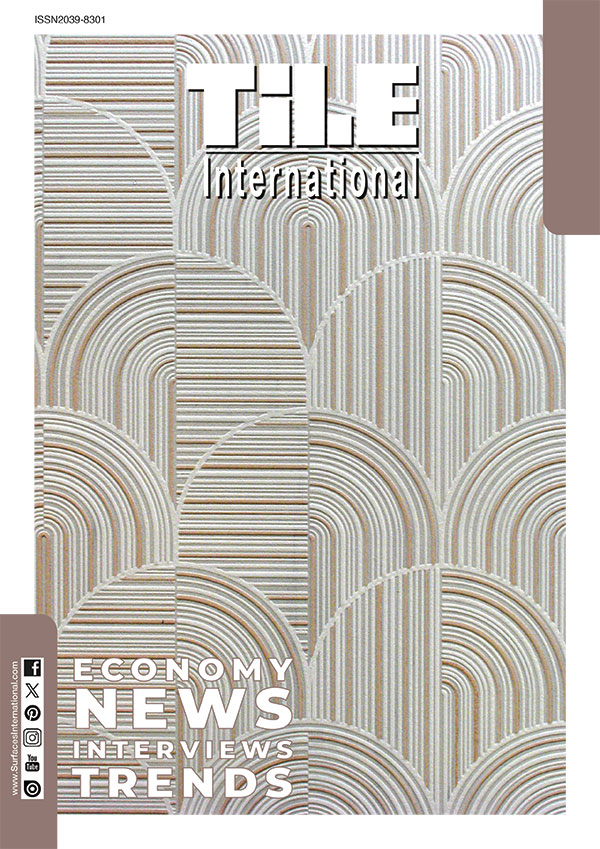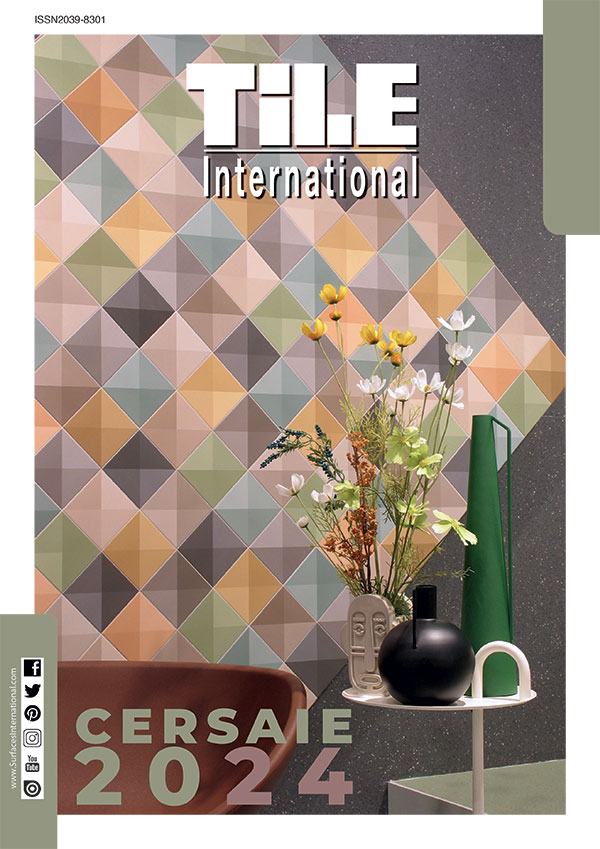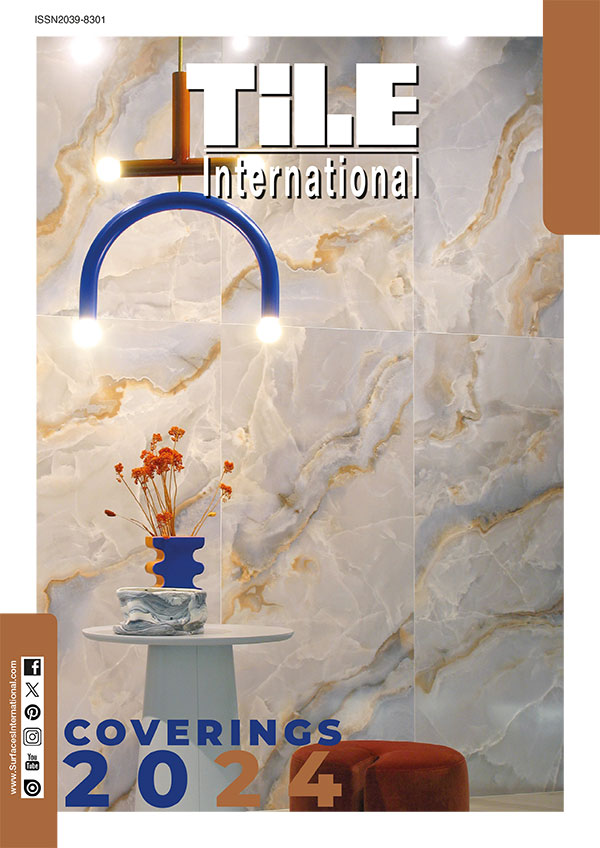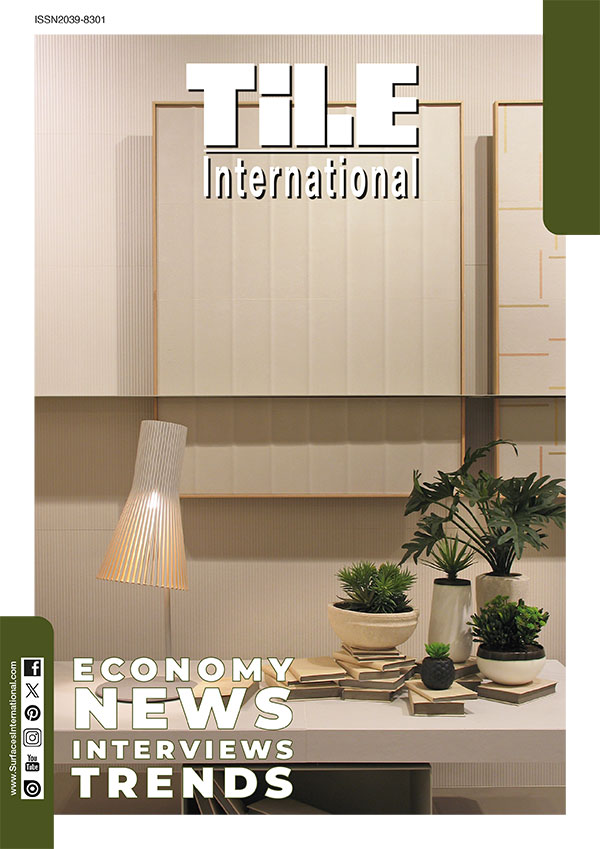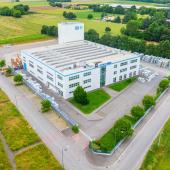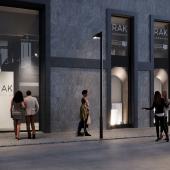Revolutionizing Classroom Design to Meet Tomorrow’s Educational Needs
Design Movement on Campus is Taiwan’s first large-scale collaboration between the design industry, the educational system, and the Taiwanese government, through the Taiwan Design Research Institute (TDRI), having first started in 2019. The project aims to support schools in Taiwan in collaborating with professional design teams for aesthetic transformation in the campus environment on all levels.
Ever since, the project has been implementing the transformation of environments with an emphasis on aesthetics and innovation at 91 schools throughout Taiwan for the campus environment. It not only demonstrates new public aesthetics by optimizing the user experience and design thinking but also explores opportunities for design professionals to participate in public affairs, establishing participation and matching mechanisms. The success of Design Movement on Campus has won over 50 global awards including the Good Design, iF, and the Golden Pin Design Award.
Supervised by the Ministry of Education and run by TDRI Design Movement on Campus began due to the observation that nowadays the continuous evolution of knowledge trends and educational strategies has significantly transformed teaching and learning methods compared to the past. As a result, there is a noticeable lack of diverse and open learning environments, a lack of diverse and user-friendly environment that respond to contemporary trends and needs. Moreover, the study team recognized that introducing design thinking and turning schools into places immersed in aesthetics would be necessary to enable aesthetics education to truly start with life on campus.
Schools have rarely been associated with functionality and aesthetics. Instead, many campuses in Asian countries are characterized by square classrooms with old, creaky desks, peeling white walls, and dull fluorescent lights. However, as we enter the era of technology and artificial intelligence, education is evolving rapidly. Schools are increasingly embracing diversity and inclusion, empowering students to engage with the world through curiosity, creativity, confidence, and kindness, while also helping them discover their unique talents. From blackboards to wearable technology, education has undergone significant transformations over the past 50 years.
Pioneering Aesthetic and Functionality Changes
For Design Movement on Campus projects and cases, TDRI serves as the cooperative platform between schools, cross-field experts, and professional design teams. Together, the team endeavors to create a new learning environment that integrates teaching innovation and aesthetic design, hoping to use design to change the campus environment in Taiwan and let aesthetic education start from campus life.
Over the past five years, the Design Movement on Campus has evolved significantly, addressing a range of subjects that shape the educational design landscape while consistently introducing new elements to inspire, challenge, and transform learning. Design Movement on Campus 5.0, the fifth edition marks a new phase in co-creation, focusing on four key pillars: “collaborative approaches to curriculum and design”, “student participation”, and “learning environments and trends”, with an emphasis on mental and physical well-being, special education, and counselling services. This initiative lays a strong foundation for innovative teaching practices that adapt to current trends and evolving needs, “prioritizing educational innovation through new models” that enhance the overall learning experience.
Through aesthetic transformations of the environment, old campuses and learning sites can meet the modern values and trends of education, paving the way for the future. TDRI believes schools should be for more than book-learning. Rather, it pictures schools using deign and aesthetics to inspire the imagination of teachers and students, innovate teaching models, change traditional teacher-student relationships and life education, fundamentally solve problems in the campus environment, and create expectations for a better living and learning environment for the next generation.

